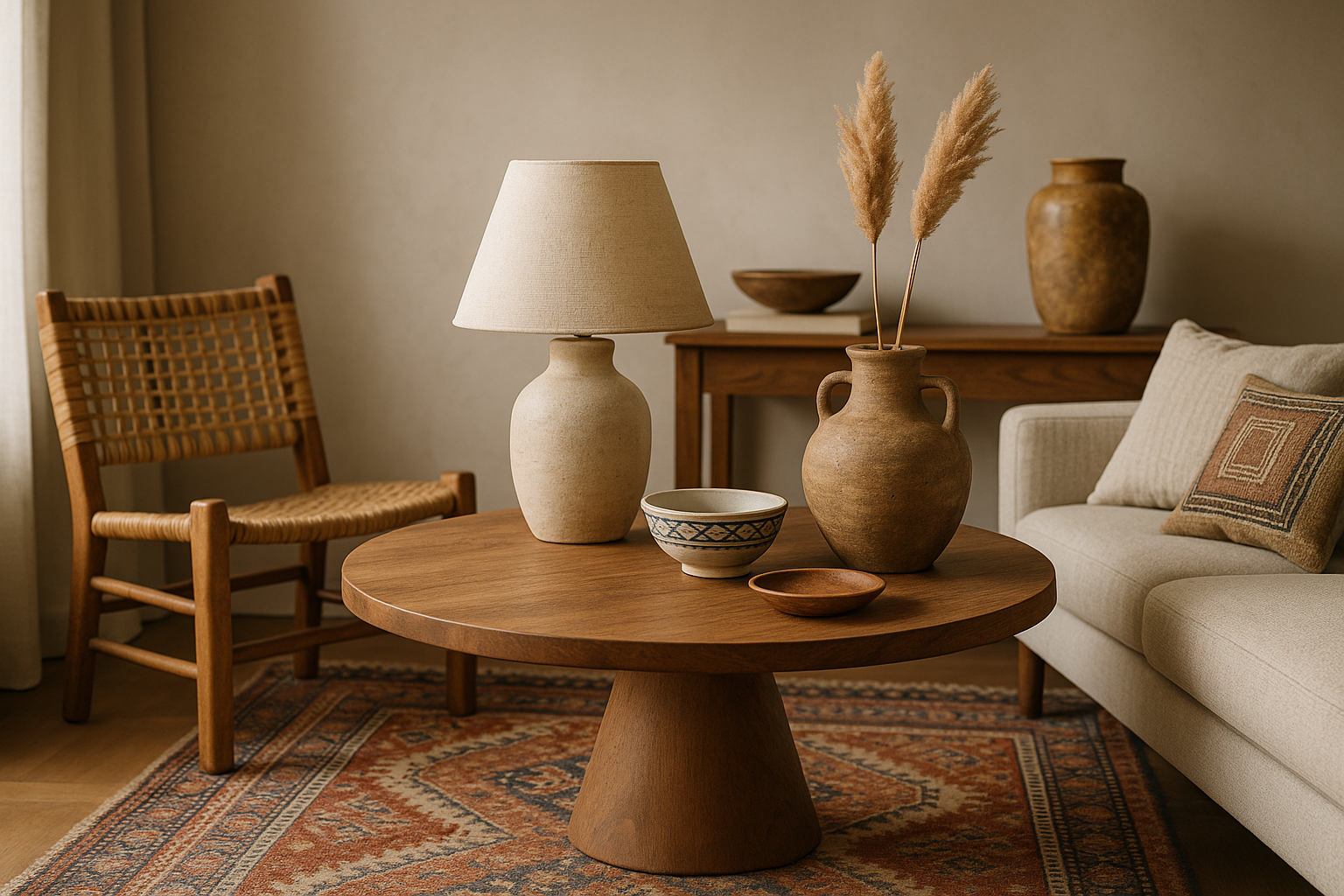"Reviving Traditional Craftsmanship in Modern Home Interiors"
Introduction: In a world increasingly dominated by mass-produced items, there's a growing appreciation for the authenticity and uniqueness that traditional craftsmanship brings to our living spaces. This article explores this emerging trend, delving into the charm, practicality, and inherent value of handcrafted elements in modern home decor.

Rekindling an Old Flame: The Resurgence of Traditional Craftsmanship
In the past, handcrafted items were a staple in every home—each piece telling a unique story of the artisan who created it. With the advent of industrialization and mass production, this personal touch was gradually lost. However, in recent years, there’s been a revival of interest in traditional craftsmanship, driven by a desire for uniqueness and quality. This shift is a response to the homogeneity and disposability of mass-produced items.
The Allure of Handcrafted Elements
The primary appeal of traditionally crafted items lies in their distinctiveness. Each handcrafted piece, whether a ceramic vase or a wooden stool, is one-of-a-kind, infused with the artisan’s personal touch. This uniqueness offers a refreshing contrast to the uniformity of machine-produced items, making our homes feel more personal and authentic.
Practicality and Market Trends
Incorporating handmade elements in home decor is not just about aesthetics—it’s also a practical choice. Handcrafted items often stand the test of time, thanks to the high-quality materials and craftsmanship involved. Market trends indicate a growing demand for these items, with consumers increasingly valuing quality and sustainability over convenience and low cost.
Traditional Craftsmanship and Daily Living
Integrating traditionally crafted pieces into our homes can enhance our daily living experience. For instance, using handmade tableware can make ordinary meals feel special, while a handwoven rug can add warmth and texture to a room. These items add a tactile dimension to our homes, inviting us to engage with our surroundings more meaningfully.
Reviving Traditional Craftsmanship: A Step Forward
Far from being a backward step, the revival of traditional craftsmanship represents progress in our perception of value, quality, and sustainability. It encourages us to appreciate the skill, effort, and creativity involved in making things by hand, fostering a deeper connection with the objects that surround us.
In conclusion, the resurgence of traditional craftsmanship in modern home decor is a testament to our collective desire for authenticity, quality, and sustainability. It’s about creating homes that reflect our unique tastes and values while respecting the craftsmanship of the past. It’s a trend that’s likely to continue as we seek to make our living spaces more personal, meaningful, and enduring.




